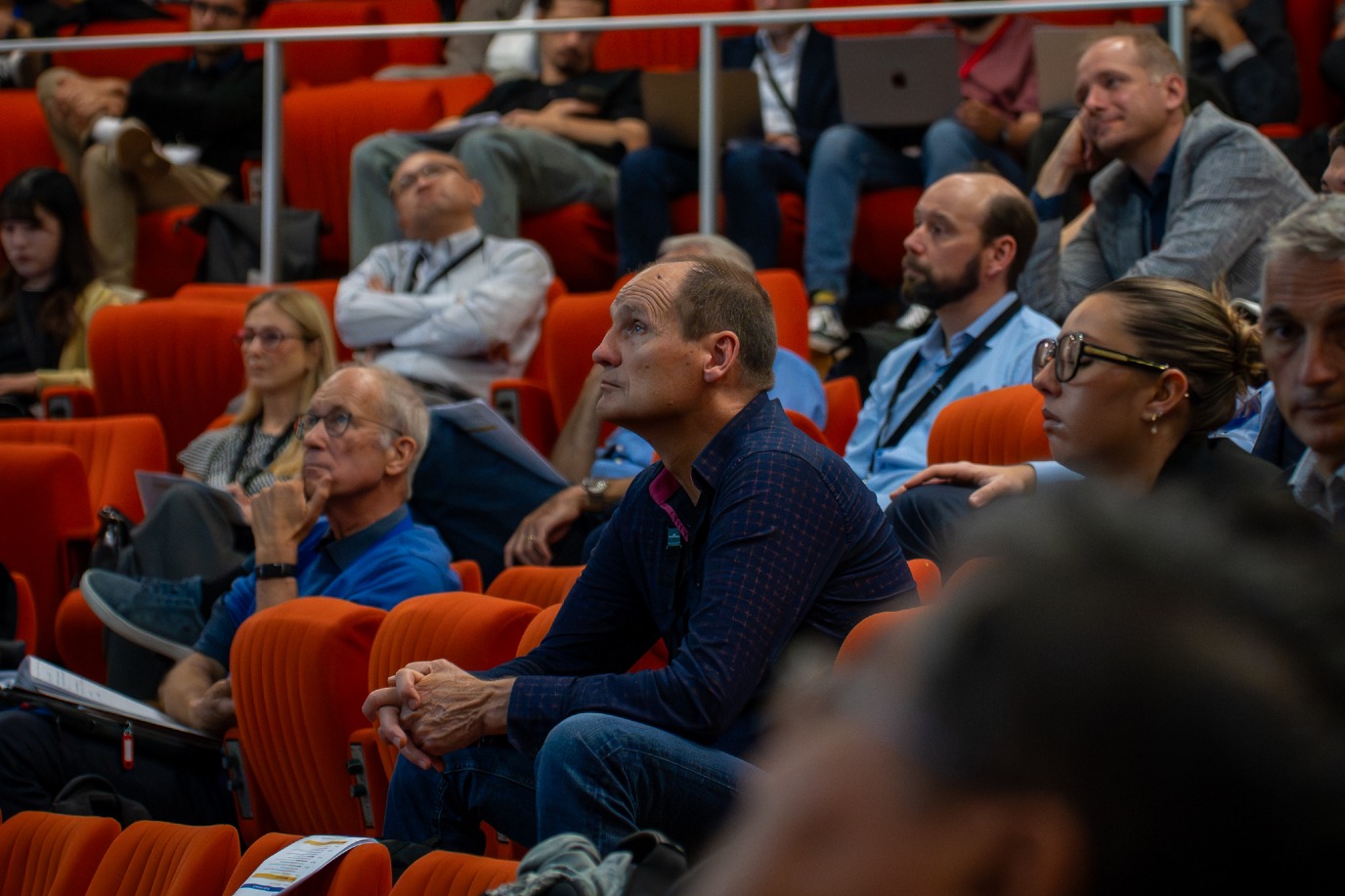Exploring the future of Phase-Change Materials at E\PCOS 2025
From 23 - 26 September, researchers, innovators, and industry leaders from 22 countries gathered at the stunning Palais du Pharo in Marseille for the European Phase Change and Ovonic Science Symposium (E\PCOS 2025). Overlooking the city’s historic Vieux Port, the venue set the stage for a dynamic exchange of ideas at the forefront of materials science.
This symposium once again united the international phase-change community to discuss the latest advances—from fundamental physics to disruptive real-world applications. With topics spanning phase-change memories (PCMs), neuromorphic computing, photonic and plasmonic systems, and more, E\PCOS reaffirmed its role as the go-to event for those shaping the future of intelligent, adaptive materials.

PCMs: The beating heart of neuromorphic innovation
Phase-change materials lie at the core of CogniGron’s mission to pioneer brain-inspired computing. These unique compounds, capable of switching between amorphous and crystalline states, can store and process information directly within the material—making them ideal candidates for in-memory and neuromorphic computing.
Historically, PCMs achieved commercial success in rewritable optical disks (such as CDs and DVDs) and in Intel’s remarkable Optane memory chip, where both memory and selector devices were built from chalcogenides in a cross-bar array. Although Optane was eventually discontinued due to market forces rather than technical limitations, its legacy remains a powerful proof of concept for PCM-based architectures.
For CogniGron, PCMs represent a key material platform for emulating the adaptive behaviour of biological synapses—paving the way for computing systems that learn, evolve, and process information with brain-like efficiency.

A new phase: CrTe₃
Among the highlights of E\PCOS 2025 was the unveiling of a new phase-change material based on chromium telluride (CrTe₃), which drew significant attention for its remarkable stability. Unlike conventional PCMs, CrTe₃ shows no resistance drift in its amorphous phase—a major leap forward that addresses one of the most persistent challenges in the field.
This breakthrough enabled a fascinating demonstration: the use of CrTe₃ for automatic path tracking in a vehicle, showcasing how material-level advances can directly translate into intelligent functionality. The research, led by Wei Zhang from the Center for Alloy Innovation and Design (CAID), is now published in Nature Materials, marks an exciting milestone for both fundamental science and real-world neuromorphic applications.
As one of the symposium’s key organisers and chair of its Programme Committee, Prof. Bart Kooi, Principal Investigator in CogniGron’s Materials and Devices theme, continues to play a central role in driving this field forward. The conversations and collaborations emerging from E\PCOS 2025 are set to inspire new directions in phase-change research—bringing us ever closer to a new era of brain-like, energy-efficient computing.
More news
-
15 September 2025
Successful visit to the UG by Rector of Institut Teknologi Bandung
